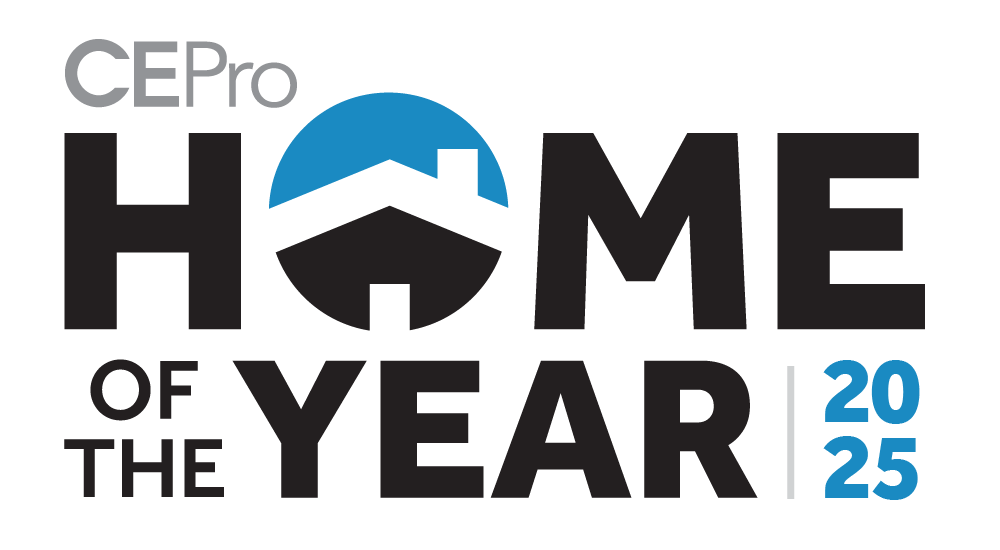Home theater is back, and there are a whole lot of immersive audio technologies to go with it, including Dolby Atmos, DTS:X and Auro-3D.
Dolby ignited interest in immersive audio when it launched Atmos for the residential market a few years ago.
Pulling the format from its commercial division, Dolby introduced the term object-based audio to describe the process in which “objects” are placed within a soundfield. This approach Dolby explains differs from the standard methods, which assign sound elements to channels, and it enables mixing engineers to create audio experiences that surround listeners in a more realistic fashion.
A Closer Look at Dolby Atmos’ Competition DTS:X and Auro-3D
Following the release of Atmos, similar formats from DTS and Auro 3D were introduced.
After some delays DTS’s DTS:X format is now readily available. Available as a firmware upgrade or as part of new A/V receivers and processors, DTS:X is showing up on a growing number of home video releases, including the new Harry Potter series of 4K Ultra HD Blu-ray discs, as well as other movies such as Jason Bourne and London has Fallen.
DTS also offers its DTS Virtual:X and DTS Headphone:X formats.
CE Pro recently completed our fourth annual Outdoor Technology Study to learn more about the state of Outdoor Technology. This year’s survey once again showed that the outdoor market is strong for integrators. Download our new report.
DTS Virtual:X works with all of DTS’ codecs and a range of speaker system configurations to deliver an immersive listening experience regardless of the speaker layout.
The DTS Headphone:X format provides users, including gamers, smart device users and computer users with an immersive audio experience from the privacy of their headphones.
Rounding out today’s era of immersive audio formats is Auro-3D.
With roots in commercial audio like Dolby’s Atmos format, Auro-3D has gained traction in the European home theater market. Auro says that Auro-3D adapts to a variety of audio systems, and like the other immersive audio technologies available to consumers, Auro-3D utilizes height channels to create a more enveloping listening experience.
In addition, unlike the other formats, Auro also places an emphasis on music. Auro works with music production community to provide music encoded with Auro-3D.






